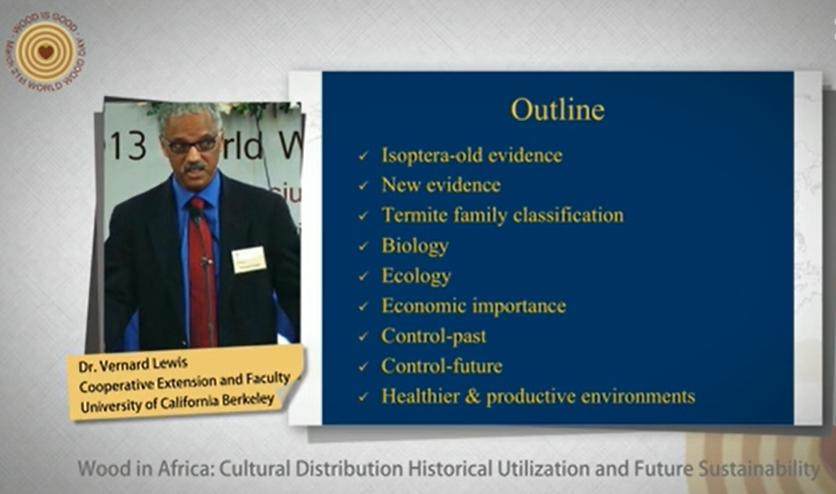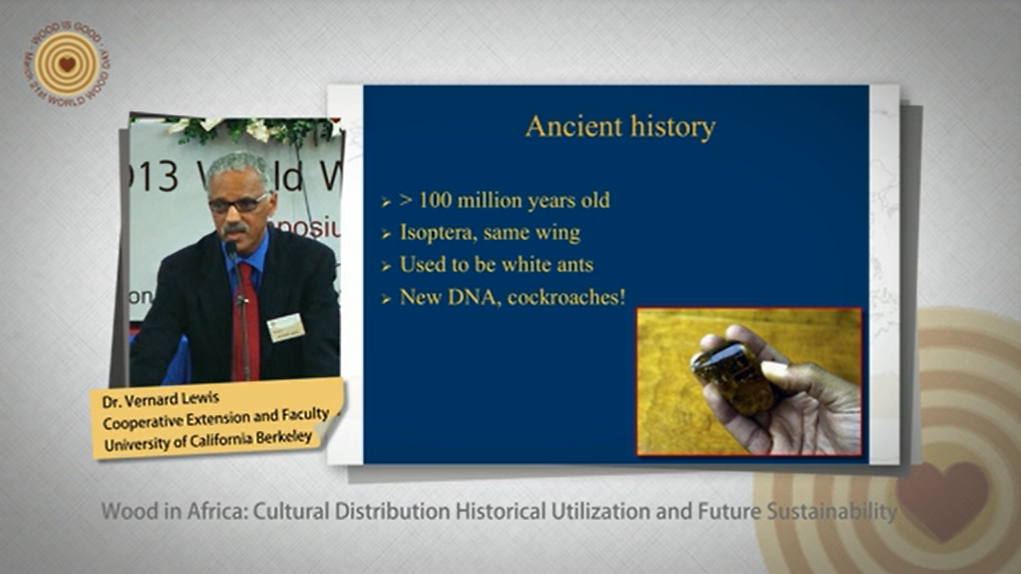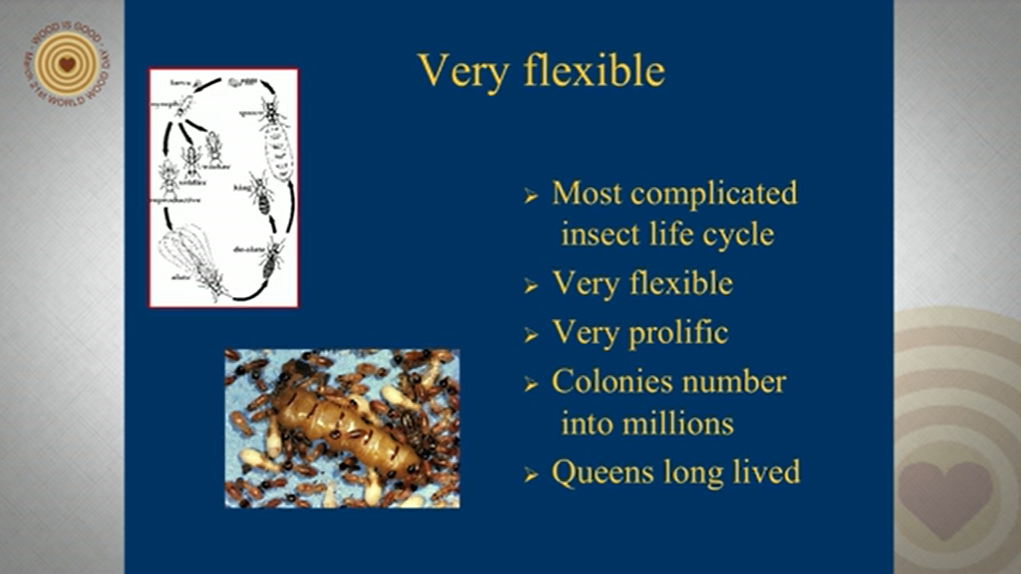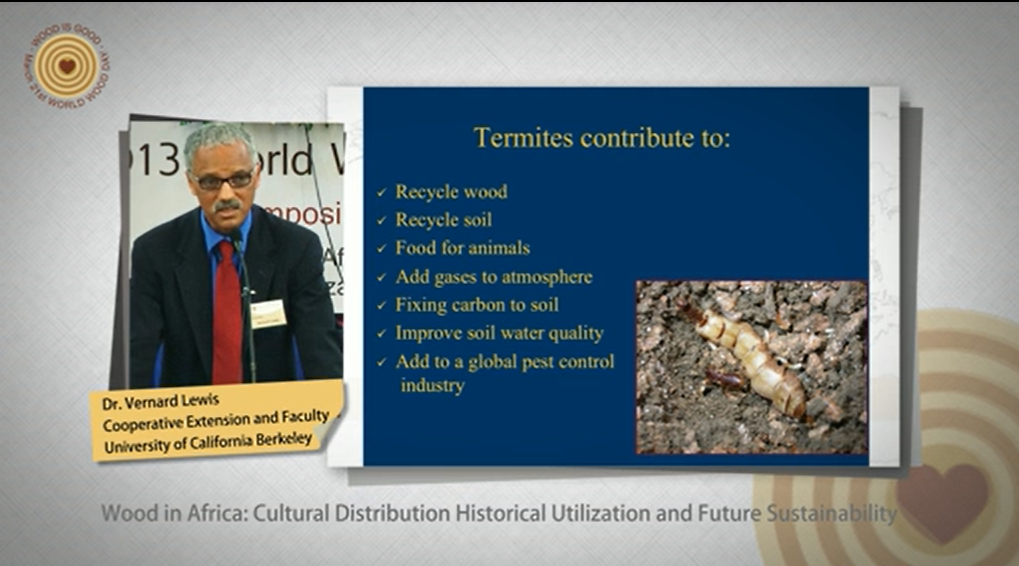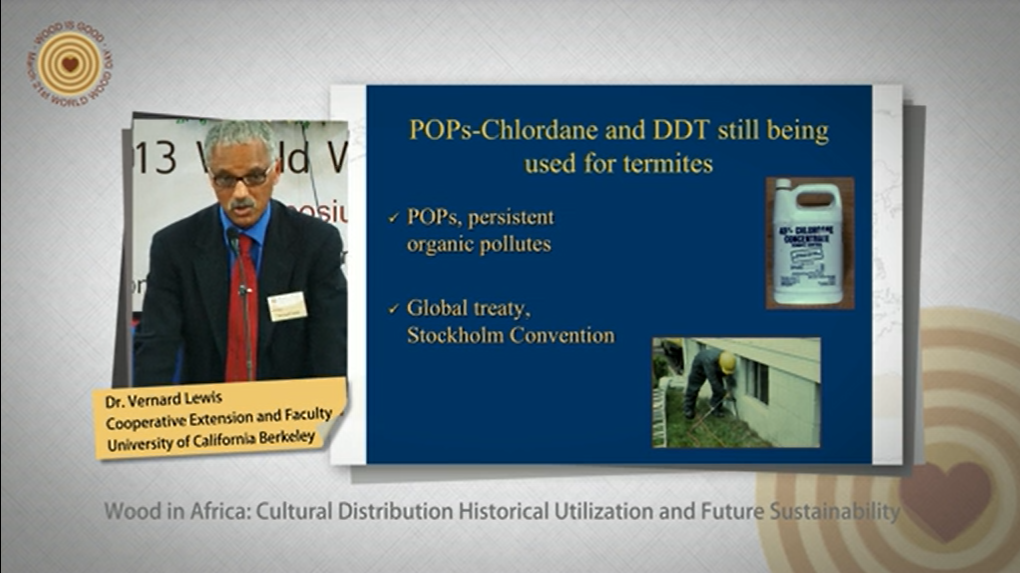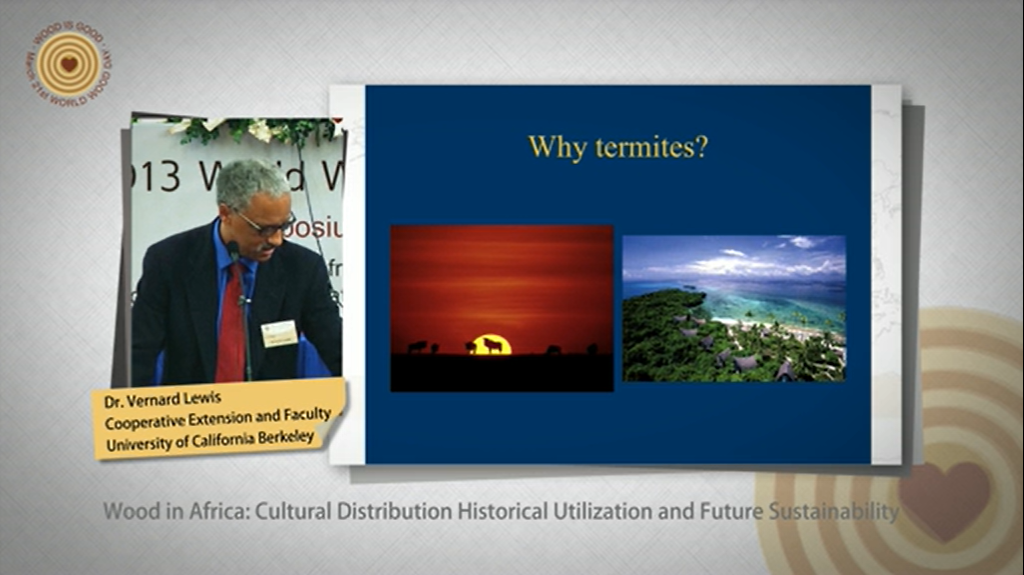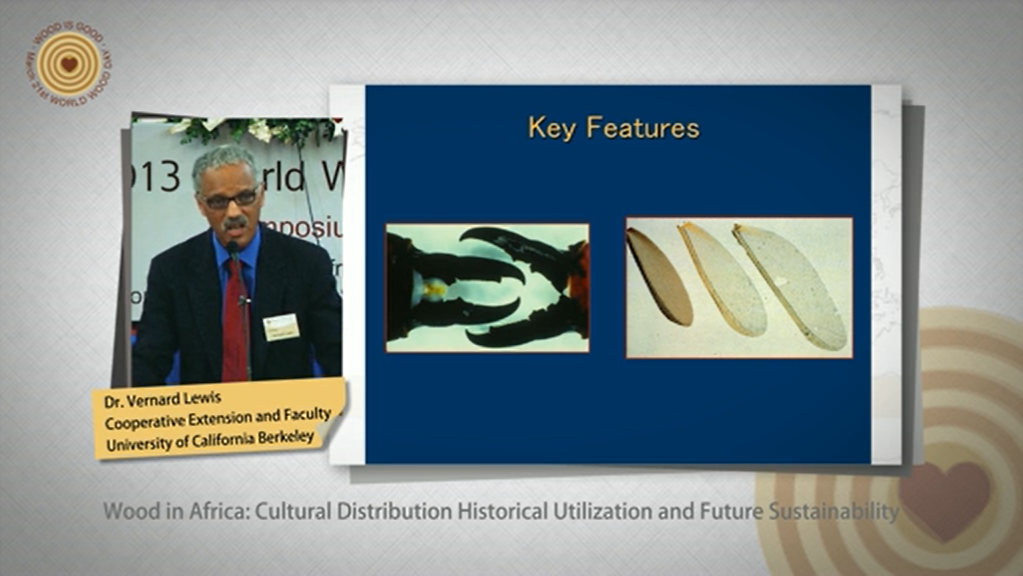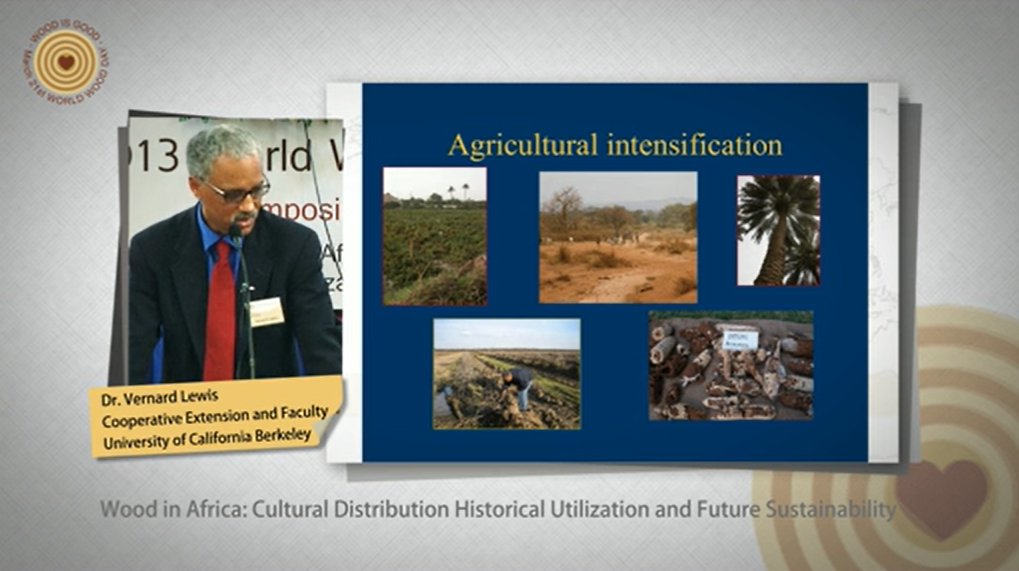会议名称:2013世界木材日研讨会(2013 World Wood Day Symposium)
会议时间:2013年3月19-20日
会议地点:Karimjee Hall, Dar es Salaam, Tanzania
报 告 人:Vernard Lewis
Cooperative Extension and Faculty , University of California Berkeley
Abstract
Worldwide, there are more than 2,300 different species of termites now recognized. Much of termite diversity can be divided into four groups: subterranean, mound builders, aerial nesters, and single piece feeders. Much of this diversity occurs in Africa. At the ecosystem level, termites are very important for recycling soil nutrients, soil aeration, and recyclers of plant biomass. Unfortunately, termites can pose problems to some agricultural crops, tree plantations, earth dams, urban landscapes, and wooden structures. Fortunately, the numbers of termite species that are considered destructive to the world’s agricultural and urban habitats are few when compared to the total diversity. During my presentation, I will review important termite groups by continent. I will also give the latest updated on research pertaining to termite detection and control. Also during my presentation, I will stress the need for balance when managing termite populations with the growing concern to protect non-target organisms, water and environmental quality, and need to protect termites to do their very beneficial job of recycling cellulose.
Speaker Profile
Vernard Lewis is a Cooperative Extension Specialist in the Department of Environmental Sciences, Policy and Management at UC Berkeley, where he received his B.S., M.S. and Ph.D. degrees in Entomology. He joined the UC Berkeley faculty in 1990 and specializes in structural insect pests and outreach to the public including k-12 students. He has authored and co-authored more than 130 scientific publications and trade magazine articles and given hundreds of professional and educational presentations. Dr. Lewis also has structural pest control licenses for the State of California for branch 2 & 3 (household and wood destroying pests). Dr. Lewis has had a commercial license for over 30 years, and worked his way through graduate school as a pest management professional.
His current research interests involve developing methods of detection and nonchemical control for termites and bed bugs. Dr. Lewis has membership in numerous professional societies. Dr. Lewis’ lab activities are featured at http://nature.berkeley.edu/upmc/.
A Global Perspective on Their Biology, Ecology, Detection, and Management
 6,818
6,818
责任编辑:iwcs25P/H


